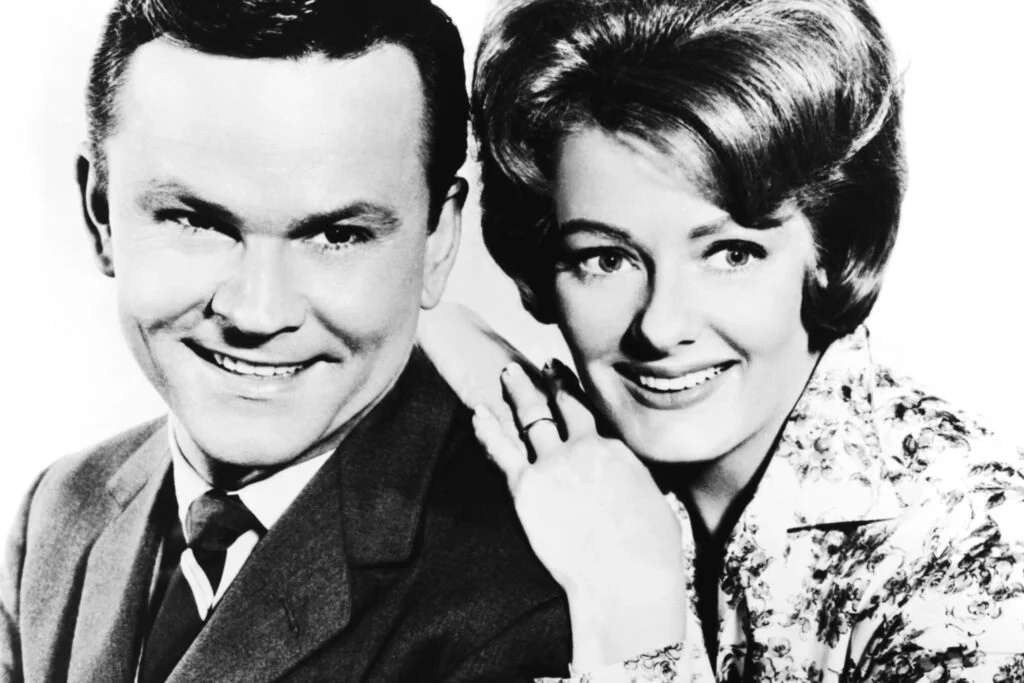Before his untimely and tragic end in 1978, Bob Crane captured America’s hearts with his dimpled smile and comedic timing that seemed effortless as breathing. Many of us grew up watching him on our television screens, inviting him into our living rooms as though he were an old friend stopping by for coffee and conversation. His career spanned radio, television, and film, creating a legacy that often gets overshadowed by the circumstances of his passing—but today, we’re putting the spotlight back where it belongs: on the remarkable talents of a man who made us laugh, think, and feel.
1. KNX Radio Host (1956-1965)
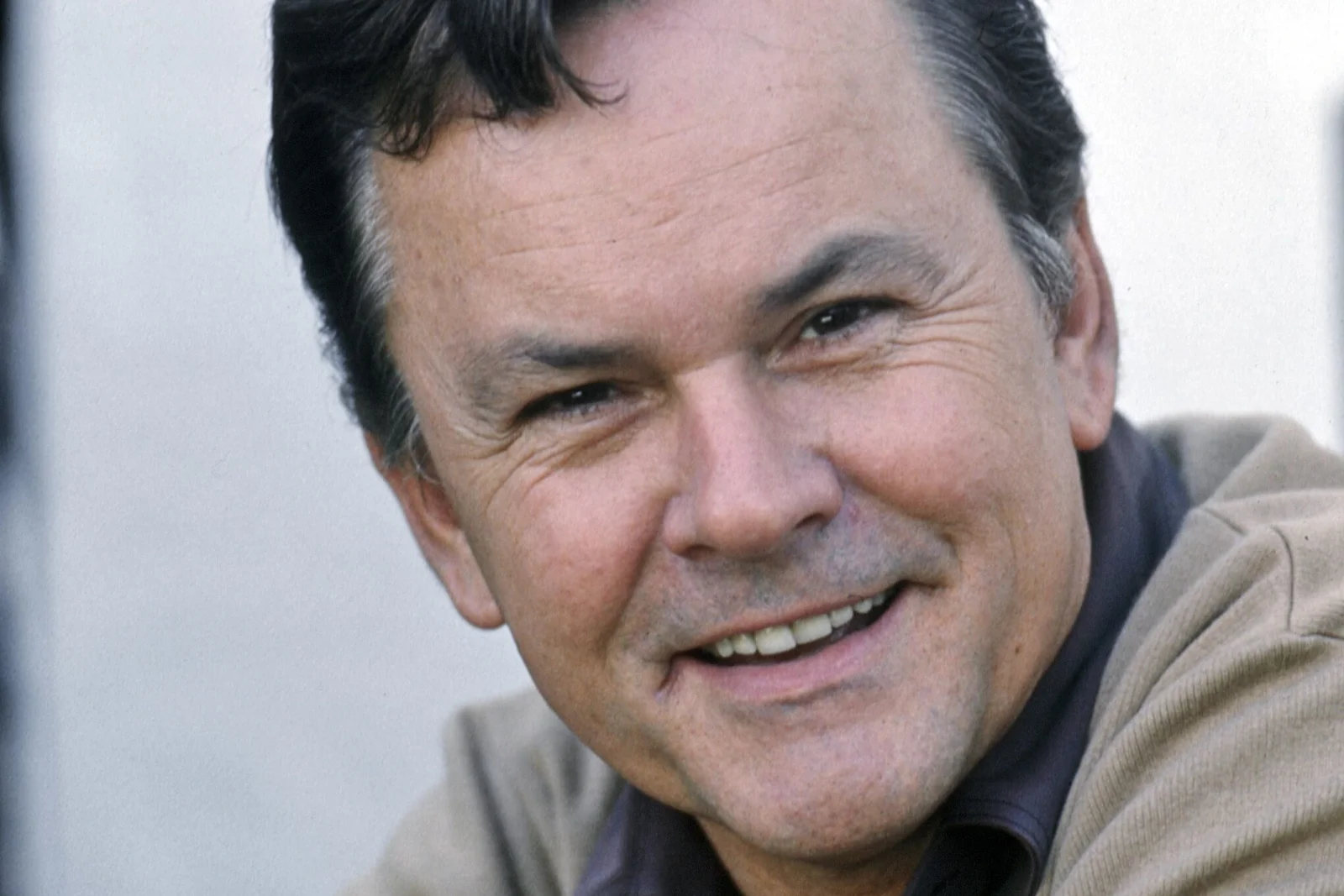
Long before he became Colonel Hogan, Bob Crane ruled the airwaves of Los Angeles as the morning drive host on KNX-CBS Radio. His show became the highest-rated morning program in the LA area, where his quick wit, drum solos, and celebrity impressions had commuters sitting in their driveways just to hear the end of a segment. Crane wasn’t just playing records—he created a full entertainment experience with sound effects, voice characters, and interviews with Hollywood’s biggest stars who adored his natural interview style. Hornell Evening Tribune explores Crane’s origins in radio.
His KNX years established Crane as a bona fide celebrity in his own right, earning him the nickname “King of the Los Angeles Airwaves” and catching the attention of television producers. The radio years refined his timing and improvisational skills that would later make him perfect for sitcom work, and many entertainment historians consider this period the foundation of his later success. His ability to ad-lib and keep content fresh over a three-hour daily show demonstrated the work ethic and creativity that would become his trademark throughout his career.
2. The Donna Reed Show (1963-1965)
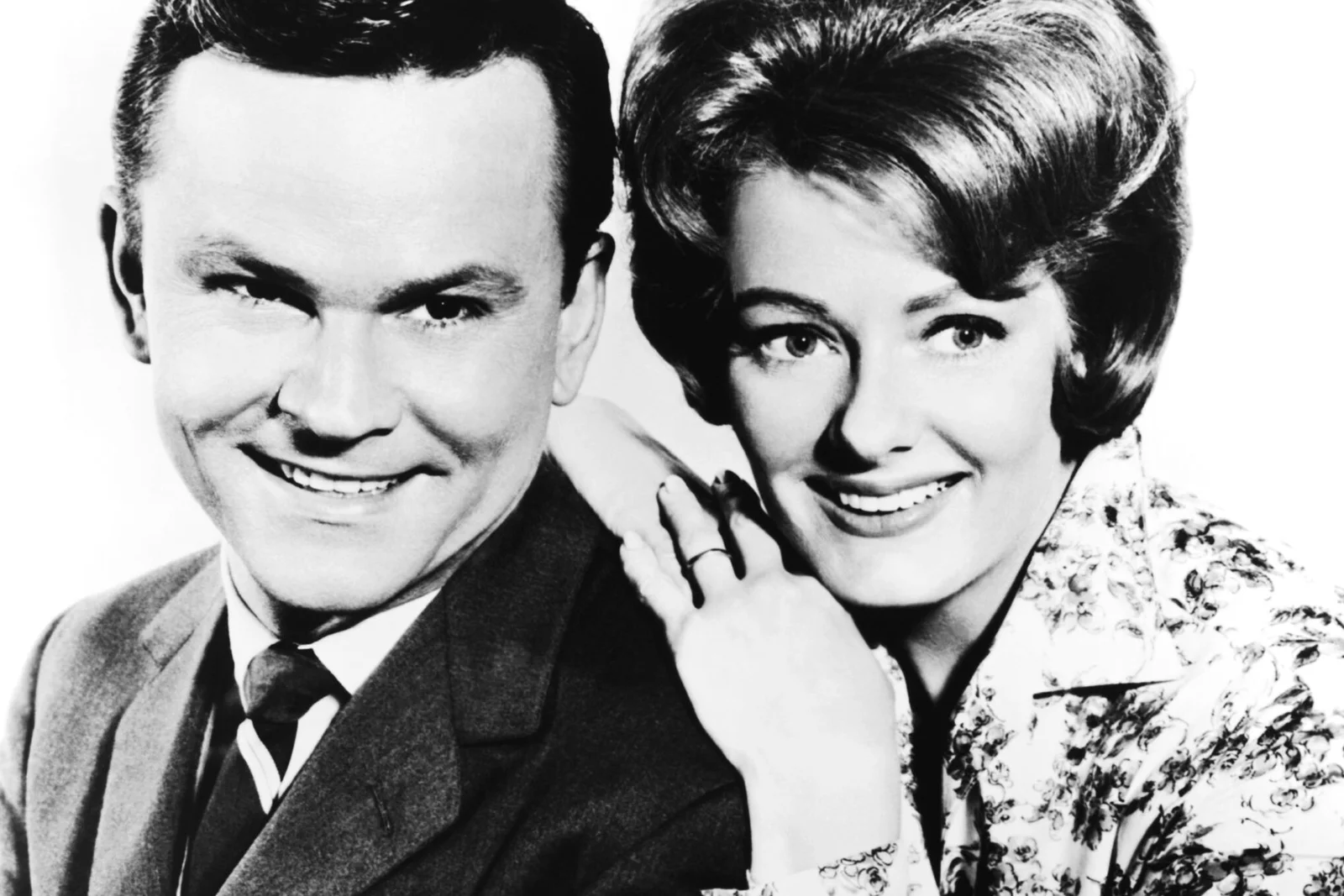
Crane’s recurring role as Dr. Dave Kelsey, the Stones’ neighbor, gave television audiences their first real taste of his charming screen presence and comedic talents. His character—a dentist with a knack for showing up at just the right (or hilariously wrong) moment—quickly became a fan favorite despite appearing in only 24 episodes. Donna Reed herself reportedly advocated for more scenes with Crane after noticing how naturally he took to television work. Blogger notes what a big milestone this was for Crane and his career.
The role represented Crane’s successful transition from radio personality to television actor, proving he could hold his own alongside established stars. His performance caught the attention of network executives who began to see his potential as more than just a supporting player. The relaxed, naturalistic quality he brought to Dr. Kelsey showed audiences a glimpse of the everyman appeal that would later make Colonel Hogan so relatable despite the character’s extraordinary circumstances.
3. The Dick Van Dyke Show (1963)
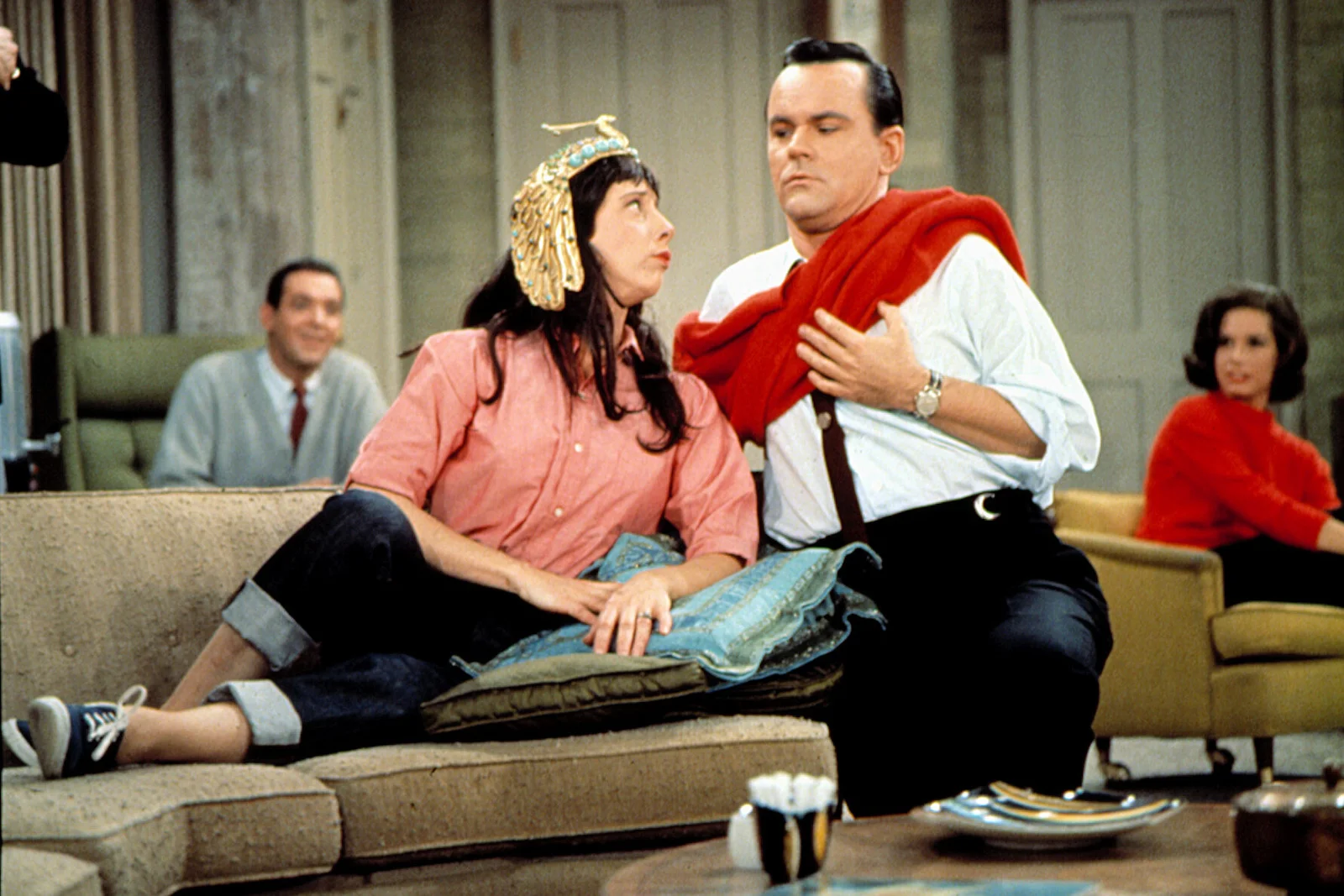
Though he appeared in just one episode titled “Somebody Has to Play Cleopatra,” Crane made an unforgettable impression as Harry Rogers, a friend of Rob Petrie who gets involved in community theater. His performance opposite comedy legends Dick Van Dyke and Mary Tyler Moore demonstrated he could match their energy and timing beat for beat. The episode showcased Crane’s ability to bring depth to what could have been a throwaway guest role. Remind puts this in the context of his wider career and his life that led to such a tragic end.
Working under the direction of television pioneer Carl Reiner gave Crane valuable experience in the single-camera comedy format that would later influence his work. Many television historians point to this appearance as a crucial stepping stone that helped Crane secure more prominent roles. The chemistry between Crane and Van Dyke was so natural that producers reportedly considered developing a spin-off series for his character before Crane’s career took him in a different direction.
4. Hogan’s Heroes (1965-1971)
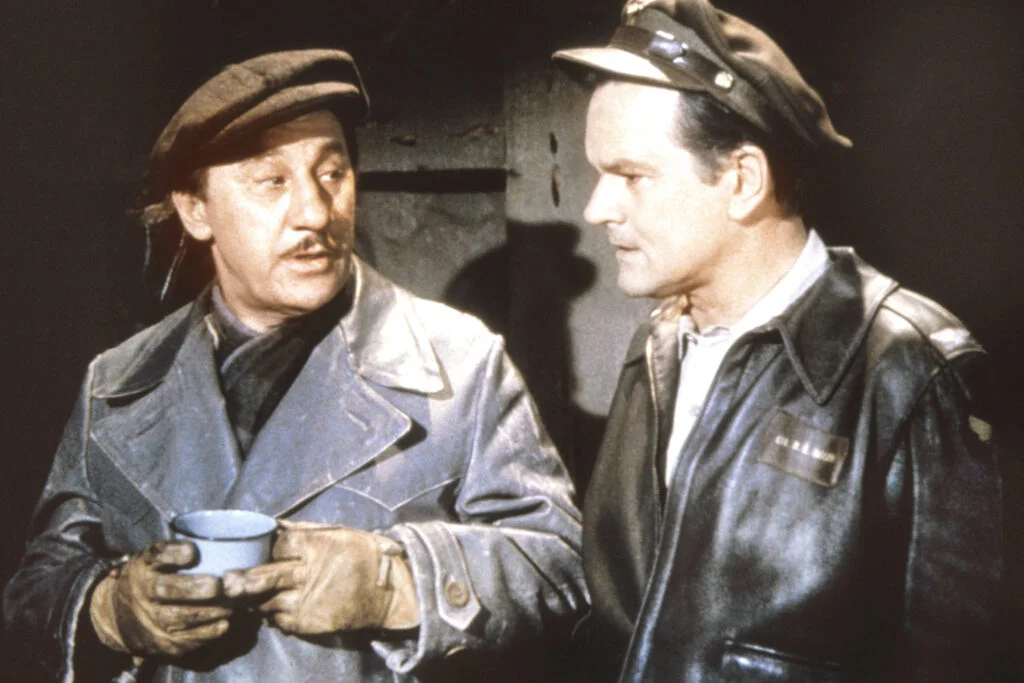
Colonel Robert Hogan became Bob Crane’s defining role—a crafty American POW running an elaborate underground operation right under the noses of his German captors. For six seasons and 168 episodes, Crane’s Hogan outsmarted Colonel Klink and Sergeant Schultz with a wink to the camera that made audiences feel like co-conspirators in his schemes. His performance earned him two Emmy nominations and cemented his place in television history as the charming, resourceful colonel who never lost his cool under pressure.
What made Crane’s portrayal so memorable was how he balanced Hogan’s serious mission with a lighthearted approach that kept the show from becoming grim despite its wartime setting. Behind the scenes, Crane’s background as a drummer added authentic touches to episodes where music was featured, and his radio experience helped him navigate the rapid-fire dialogue. The role showcased all of Crane’s strengths—his timing, charisma, leadership qualities, and that unmistakable voice that could deliver both commands and quips with equal authority.
5. The Bob Crane Show (1975)
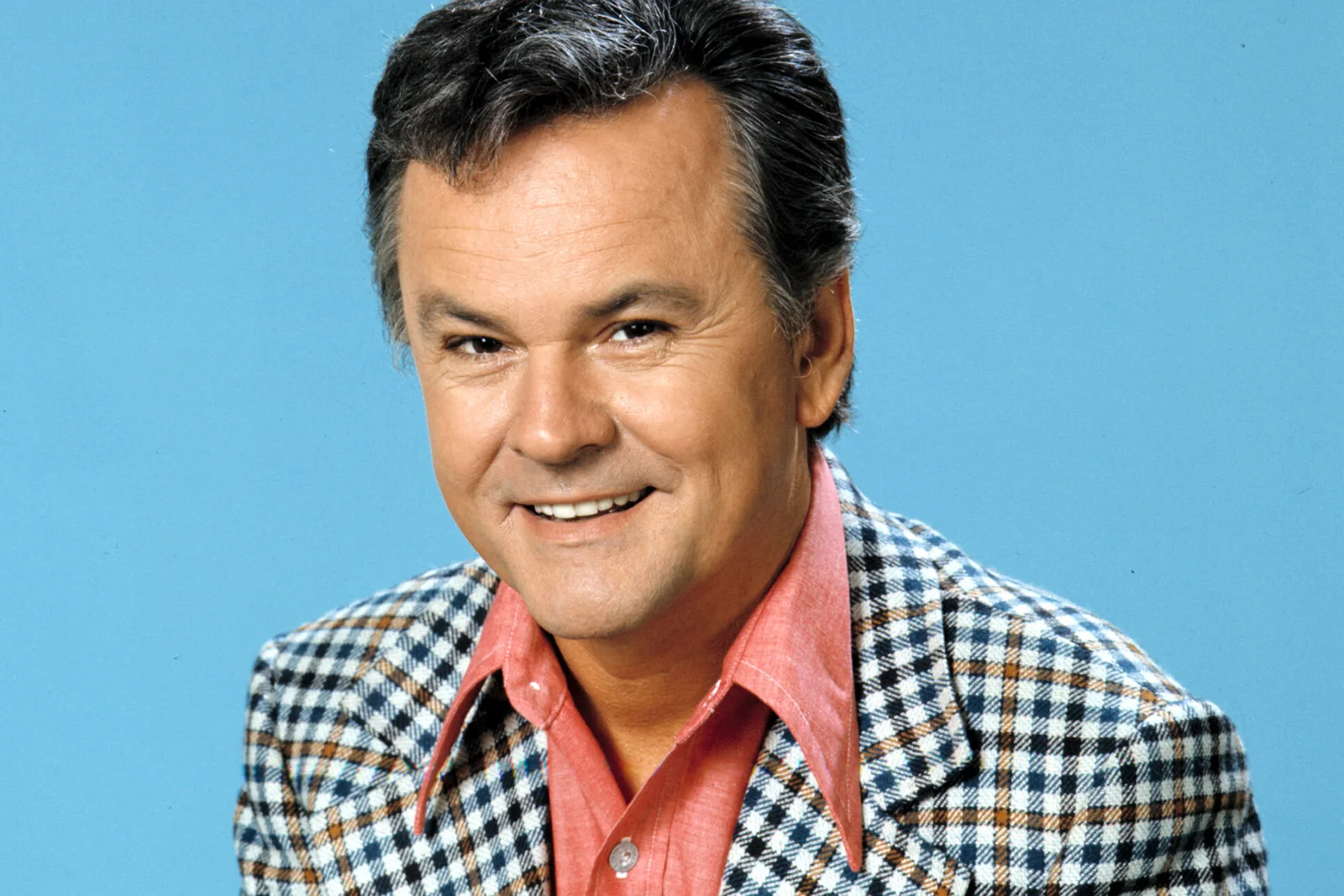
Following the success of Hogan’s Heroes, Crane starred in his own eponymous sitcom as Bob Wilcox, a middle-aged man who leaves his medical practice to become a student again. Though the series lasted only 13 episodes, it demonstrated Crane’s willingness to play a character dealing with a midlife crisis—something relatively uncommon in 1970s television. NBC had high hopes for the series, giving it a prime time slot and significant promotion as Crane’s triumphant return to television.
Critics praised Crane’s performance even while acknowledging the show’s uneven writing, noting his ability to find humor in moments of vulnerability. Production notes reveal that Crane contributed significantly to the development of his character, drawing on his own experiences of career transitions. The show’s premature cancellation represented a setback in Crane’s post-Hogan career, but it showcased his range as he portrayed a man starting over in his forties with both humor and pathos.
6. Disney’s Superdad (1973)
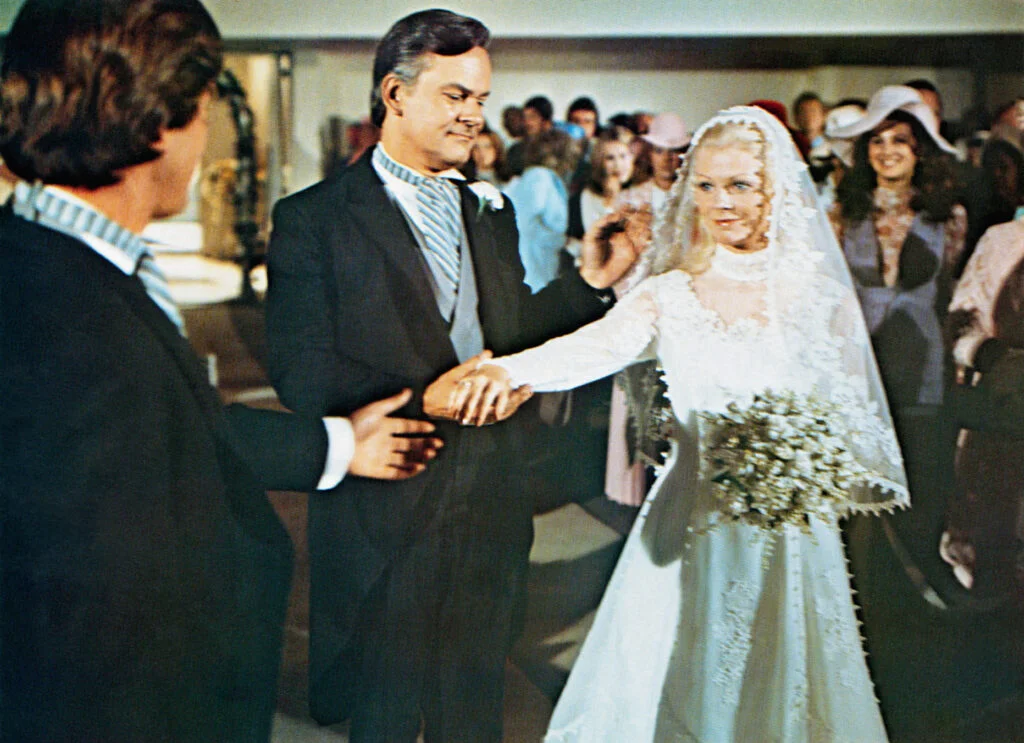
Crane’s turn as Charlie McCready in this Disney family comedy showed his ability to play the overprotective father trying to connect with his teenage daughter. The role represented Disney’s attempt to cast Crane against type, moving him away from the suave Colonel Hogan to a more bumbling, well-intentioned suburban dad. His performance captured the generational disconnect of the 1970s with a warmth that resonated with parents facing similar challenges with their own teenagers.
Working within Disney’s family-friendly framework allowed Crane to demonstrate his versatility while remaining in his comedic comfort zone. Behind-the-scenes interviews reveal that Crane particularly enjoyed working with younger actors, taking on an informal mentoring role during production. Though not a blockbuster, the film has developed a nostalgic following among those who grew up watching Disney’s live-action comedies of the era, with Crane’s performance often cited as a highlight.
7. The Love Boat (1977)
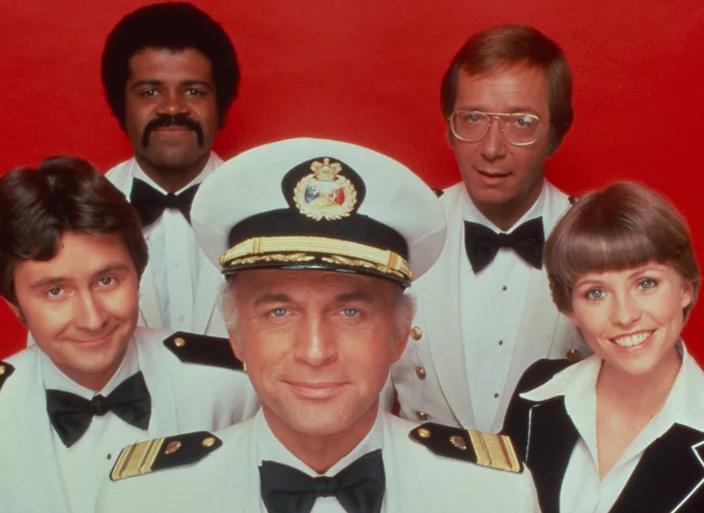
Appearing as a charming passenger in the early days of this iconic series, Crane brought his characteristic warmth to the role of a man facing relationship crossroads while on vacation. The guest spot came during a transitional period in his career when he was working to establish himself beyond Colonel Hogan. His natural chemistry with the regular cast made his episode a standout in the first season, with producers reportedly discussing bringing his character back for a recurring role.
The breezy nature of The Love Boat played perfectly to Crane’s strengths—light comedy with just a touch of sentimental drama. Behind the scenes, Crane’s experience impressed series producer Aaron Spelling, who praised his professionalism and adaptability on set. This appearance represented Crane’s efforts to remain visible on television while pursuing other interests including dinner theater work.
8. Celebrity Game Shows (1960s-1970s)
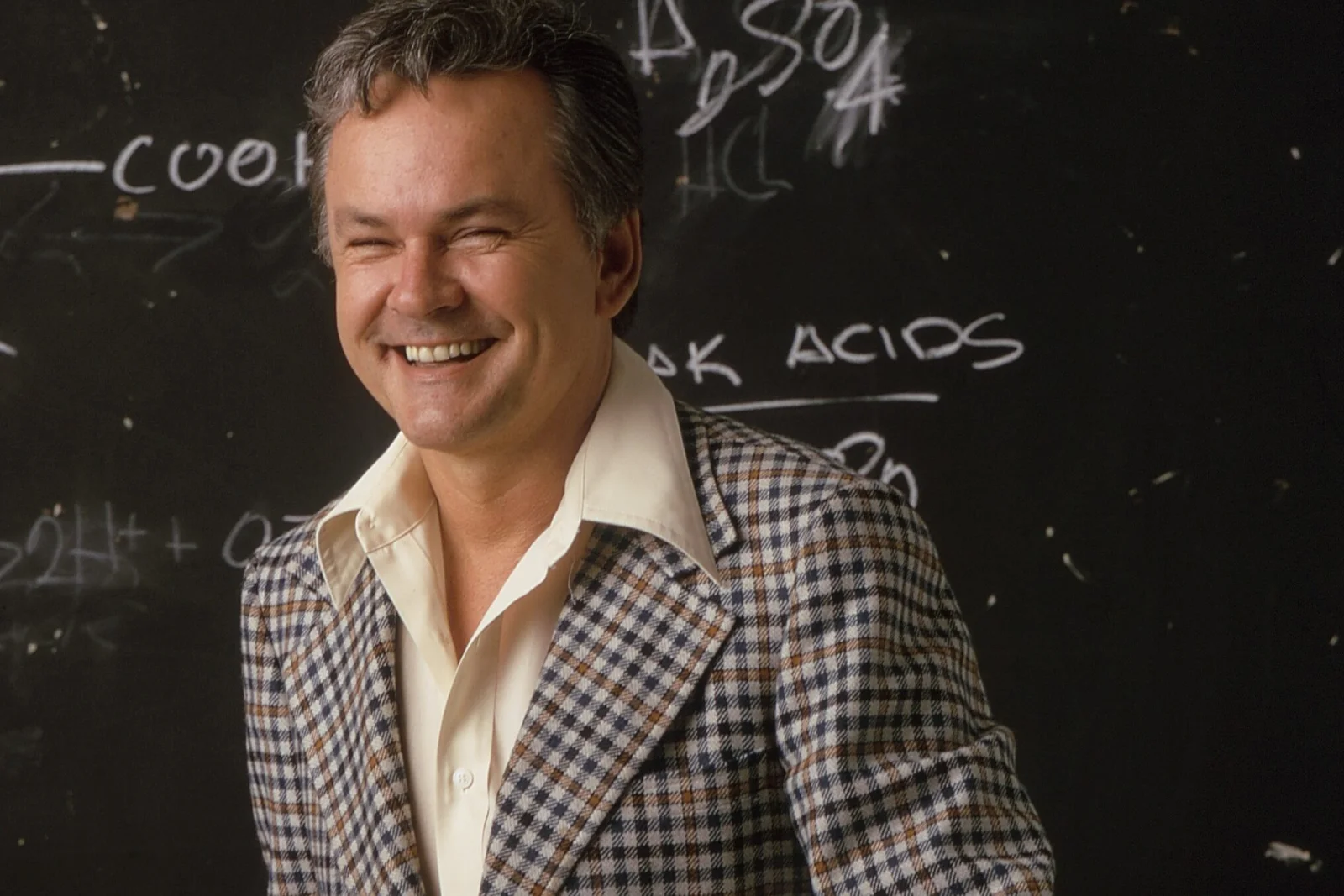
Crane became a fixture on the game show circuit, appearing frequently on programs like “Password,” “Tattletales,” and “The Hollywood Squares.” His quick wit and engaging personality made him a favorite among producers looking for celebrities who could think on their feet. These appearances kept him in the public eye between major roles and showcased the natural charisma that had first made him a radio star.
Viewers responded to Crane’s everyman quality and self-deprecating humor, which contrasted with some of the more egotistical celebrities of the era. Behind the scenes, hosts like Peter Marshall and Gene Rayburn often commented on Crane’s preparedness and enthusiasm for the format. These game show appearances represented an important aspect of celebrity culture in the 1960s and 1970s, with Crane using the platform to maintain his public image while having genuine fun on camera.
9. Arsenic and Old Lace (Dinner Theater, 1970s)
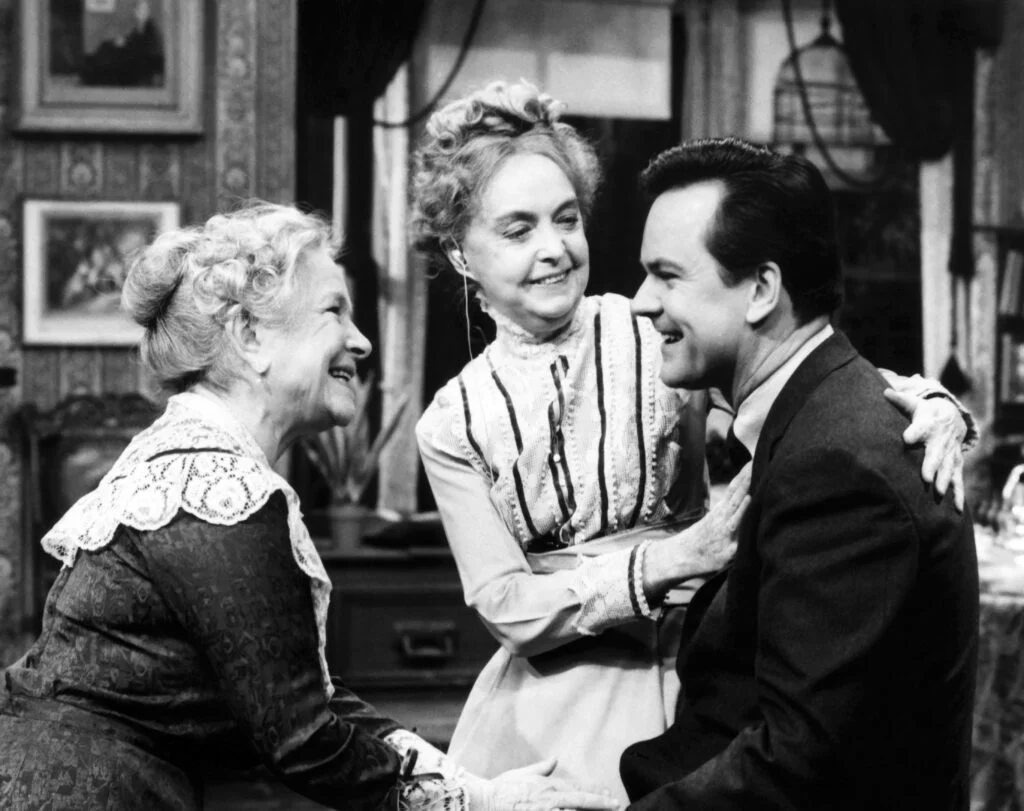
Following Hogan’s Heroes, Crane found a new audience in dinner theater productions across the country, most notably in the role of Mortimer Brewster in “Arsenic and Old Lace.” The role allowed him to showcase his physical comedy skills and timing in a live setting, connecting with audiences in an immediate way that television never could. Reviewers frequently noted how Crane’s charm translated perfectly to the stage, with his radio-trained voice projecting to the back row without seeming forced.
The dinner theater circuit represented a significant part of Crane’s post-Hogan career, allowing him to maintain his performance skills while enjoying direct audience feedback. Fellow cast members from this period often commented on Crane’s dedication to giving audiences their money’s worth, regardless of venue size or production budget. These productions allowed many fans across middle America to see Crane perform in person, creating memories that many still cherish today.
10. Roller Boogie (1979)
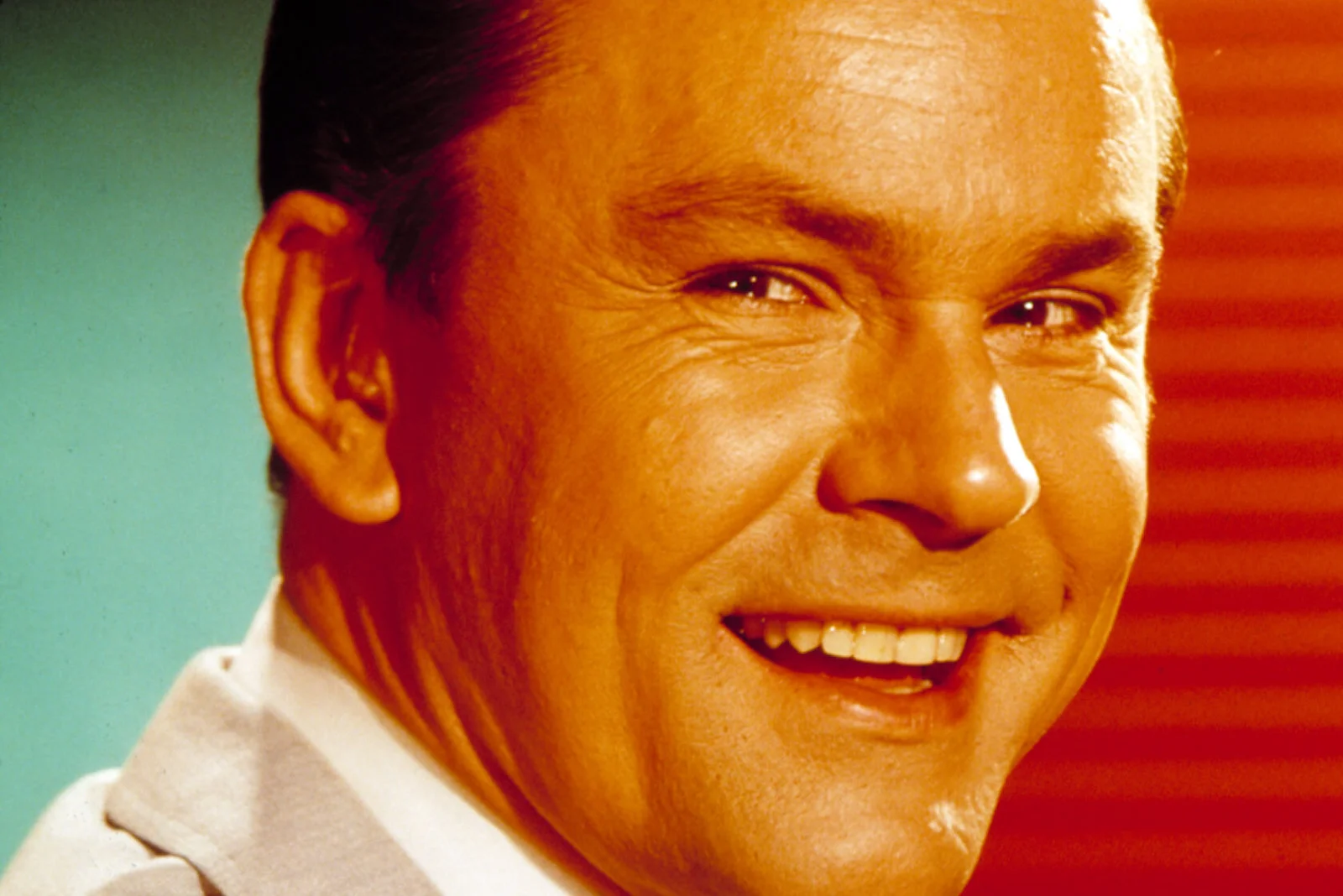
In what would become his final film role (released posthumously), Crane played a skating rink manager in this cult classic about the roller disco craze. Though not a starring role, his presence lent an established name to a film targeted at a younger audience, bridging generational gaps in the cast. His performance showed flashes of the comedic timing that had made him famous, particularly in scenes where his character reacts to the young skaters’ antics.
The bittersweet aspect of this appearance lies in glimpses of what might have been a career renaissance for Crane in character roles. Production photos show Crane enjoying the lighthearted atmosphere of the film, seemingly comfortable stepping back from leading man status. Film historians have noted that Crane’s participation in Roller Boogie suggested he was open to reinventing himself professionally as he entered a new phase of his career.
11. Return to Radio (1970s)
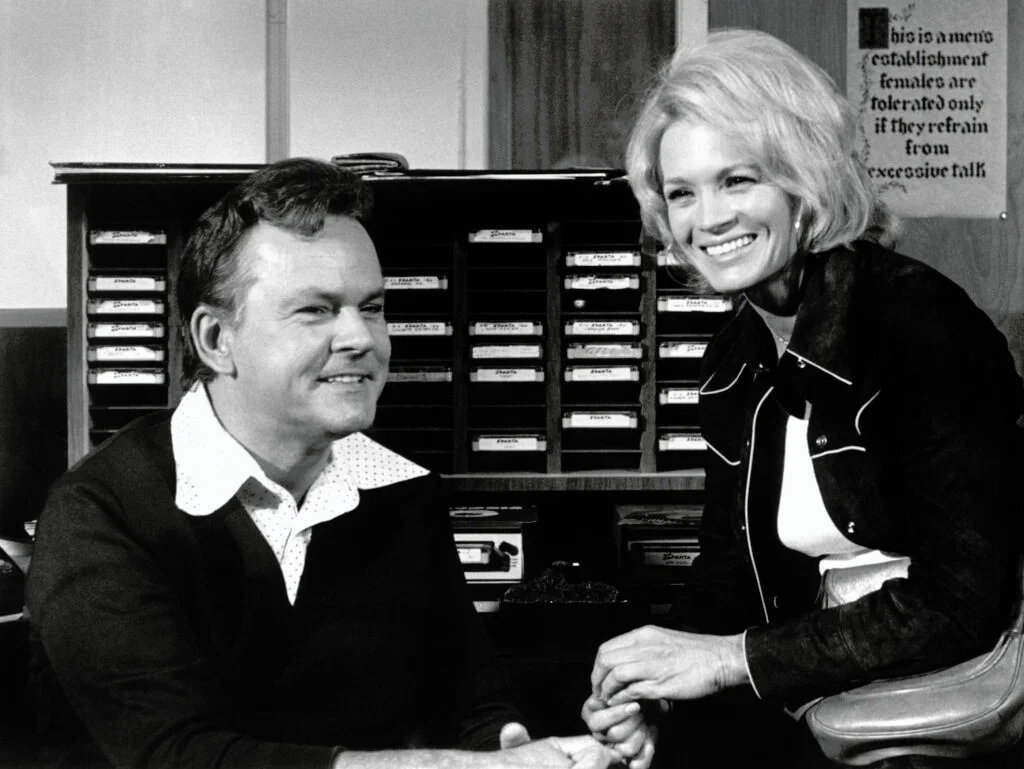
After achieving television fame, Crane occasionally returned to his radio roots as a guest host on various programs, demonstrating that his audio performance skills remained sharp. These appearances allowed longtime fans to hear the familiar voice that had brightened their mornings years earlier, now enhanced by the perspective of his television experience. Radio executives noted that Crane slipped back into the medium effortlessly, with one program director commenting that “it was like he never left.”
These radio returns represented Crane coming full circle professionally, reconnecting with the medium that had first recognized his talents. Engineers who worked these sessions recalled Crane’s continued fascination with recording technology and his meticulous attention to sound quality. These appearances, though brief, remind us that Crane’s first love was radio—a medium perfectly suited to his remarkable voice and quick-thinking verbal agility.
12. Wild Weekend (1963, TV Movie)
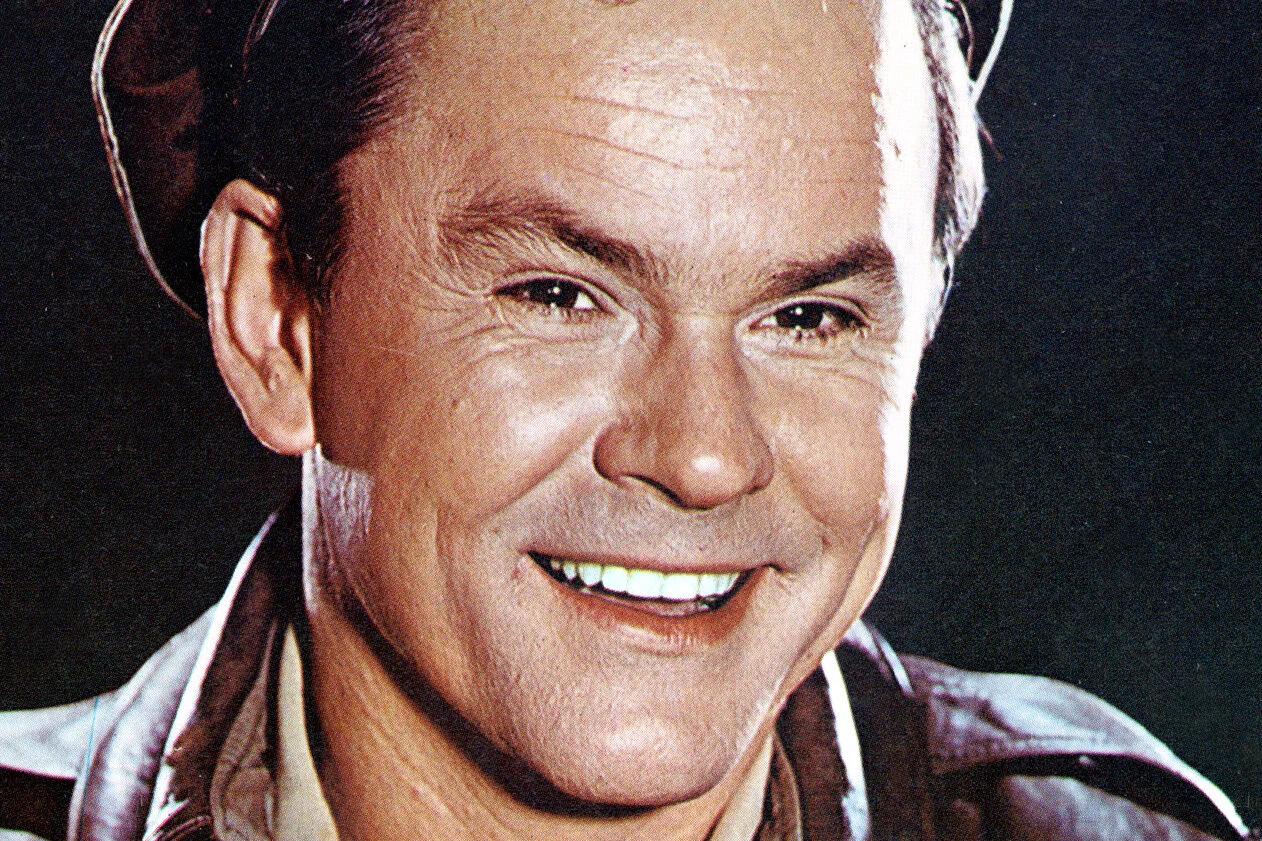
This TV movie based on Crane’s radio persona gave audiences their first extended look at his on-screen potential as he essentially played himself—a popular radio DJ whose personal life gets complicated during a promotional event. The production served as a showcase for Crane’s natural charm and improvisational skills, convincing many industry insiders that he had potential beyond radio. The film captured the energy of the early 1960s radio scene, with Crane’s performance grounding the sometimes chaotic story.
Behind the scenes, Crane contributed significantly to the script, ensuring the radio elements felt authentic to insiders. This little-remembered production represents an important transition point in Crane’s career, coming just before his recurring role on The Donna Reed Show would make him a familiar television face. Television historians point to this as the moment when Crane began seriously considering a shift from radio to television as his primary medium.
13. Picture Mommy Dead (1966)

In this psychological thriller, Crane demonstrated dramatic range as the husband of deceased movie star Jessica Flagg, revealing his potential for more serious roles beyond comedy. Working alongside established stars Zsa Zsa Gabor and Don Ameche, Crane held his own in a genre far removed from the sitcom world. The film showcased a darker, more complex side to his acting abilities that surprised critics who knew him primarily from his comedic work.
The role came while Hogan’s Heroes was already successful, representing Crane’s attempt to avoid being typecast early in his television career. Director Bert I. Gordon later commented that Crane brought unexpected depth to what could have been a straightforward character, suggesting untapped dramatic potential. This performance stands as evidence that Crane might have successfully transitioned to more serious roles had circumstances been different.
The story of Bob Crane reminds us that behind every celebrity is a complex human being whose legacy deserves to be remembered for the joy they brought into our lives. His career trajectory—from radio sensation to television star to film actor—represents the American dream of reinvention and success through hard work and natural talent. As we look back on these thirteen roles with fondness, we can appreciate the multifaceted entertainer who made each character memorable in its own way—a man whose professional accomplishments continue to entertain new generations discovering his work for the first time.

